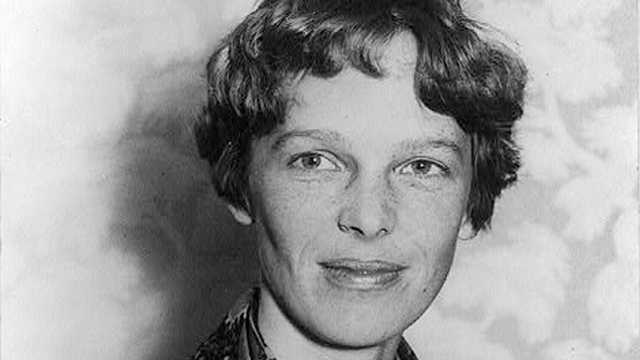On August 26, 1907, the world witnessed one of the most breathtaking feats of escapology ever performed by the legendary Harry Houdini. Known for his astonishing escapes and death-defying stunts, Houdini’s underwater escape from chains in San Francisco’s Aquatic Park cemented his reputation as the greatest escape artist of his time. This remarkable event not only showcased Houdini’s extraordinary skills but also solidified his place in the annals of entertainment history.
Houdini: The Master of Escape
Harry Houdini, born Erik Weisz in 1874, was a Hungarian-American magician and escape artist whose name became synonymous with the art of escape. Houdini’s fascination with magic and illusions began at a young age, and by the early 1900s, he had established himself as a prominent performer in the world of stage magic. His signature acts often involved daring escapes from locked boxes, handcuffs, and other restraints, earning him a reputation for pushing the boundaries of what was deemed possible.
Houdini’s genius lay not just in his technical skills but also in his ability to create a sense of suspense and anticipation. His performances were meticulously planned, and he often employed innovative techniques and custom-designed equipment to achieve his seemingly impossible escapes. His underwater escape at San Francisco’s Aquatic Park was a perfect example of his ingenuity and theatrical flair.
The San Francisco Aquatic Park Stunt
San Francisco’s Aquatic Park, located near the waterfront, provided the dramatic setting for Houdini’s daring escape. The park’s large swimming pool and its proximity to the bay made it an ideal location for a high-stakes underwater stunt. Houdini’s choice of location was both strategic and symbolic, reflecting his ability to turn ordinary settings into extraordinary stages for his performances.
On that fateful day in August 1907, Houdini announced that he would attempt one of his most challenging escapes yet: freeing himself from chains while submerged in the cold waters of Aquatic Park. The stunt was carefully orchestrated, with Houdini being secured in chains and then lowered into the pool. The audience, gathered in anticipation, watched as Houdini was submerged, leaving them to wonder if he would emerge victorious.
The escape was a feat of both physical endurance and mental discipline. Houdini had to contend with the weight of the chains, the resistance of the water, and the ever-present threat of panic. His performance was a testament to his physical conditioning, concentration, and mastery of escape techniques. Houdini’s ability to stay calm under pressure and execute his escape with precision was a key factor in his success.
The Escape Unfolds
As Houdini was submerged, the tension in the crowd mounted. The clock ticked away, and the seconds seemed to stretch into an eternity. Houdini’s preparation and practice paid off as he managed to free himself from the chains in a remarkable 57 seconds. The moment he emerged from the water, the crowd erupted into cheers and applause, acknowledging the incredible achievement they had just witnessed.
Houdini’s underwater escape at Aquatic Park was more than just a demonstration of physical prowess; it was a masterful performance that combined elements of suspense, drama, and technical skill. The escape was a testament to Houdini’s dedication to his craft and his ability to captivate and entertain audiences with his audacious feats.
Legacy and Impact
Houdini’s underwater escape at San Francisco’s Aquatic Park remains one of the most iconic moments in the history of escapology. The stunt exemplified Houdini’s talent for pushing the limits of human ability and creating unforgettable performances. His legacy endures through the continued fascination with his daring escapes and his influence on the world of magic and illusion.
In addition to his contributions to entertainment, Houdini’s performances also had a lasting impact on the public’s perception of escape artistry. His elaborate stunts and ability to defy expectations set a standard for future generations of performers and inspired countless imitators and admirers.
Houdini’s dedication to his craft went beyond the stage. He was also a prolific writer and investigator of paranormal phenomena, challenging claims of supernatural abilities and advocating for the scientific method. His work in these areas, combined with his remarkable performances, contributed to his enduring legacy as a multifaceted and influential figure.
Conclusion
Harry Houdini’s underwater escape from chains in San Francisco’s Aquatic Park on August 26, 1907, stands as a remarkable testament to his skill, bravery, and showmanship. The feat showcased Houdini’s ability to turn a seemingly impossible challenge into an awe-inspiring performance, leaving an indelible mark on the world of entertainment. As audiences continue to marvel at Houdini’s achievements, his legacy as the greatest escape artist of all time remains firmly entrenched in the annals of history.







What do you think?
Show comments / Leave a comment